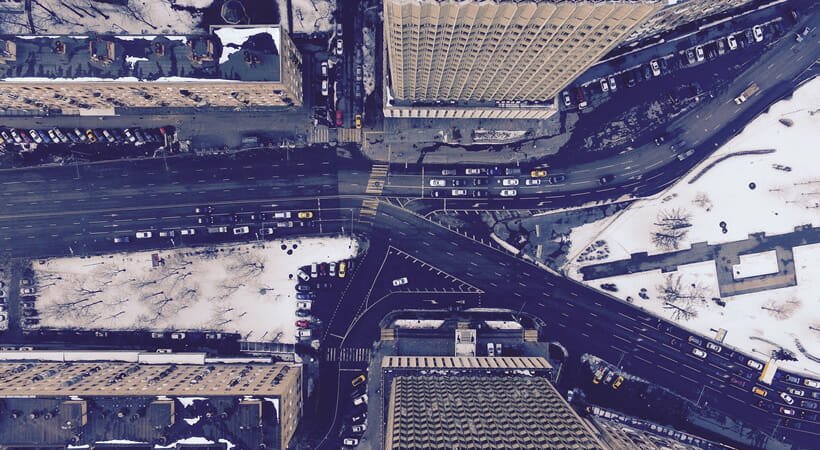In locations that regularly receive winter weather, snow loading and drifting can cause serious problems for buildings and structures. Building codes address snow in a generic fashion, but unique local wind patterns often encourage snow to accumulate in ways that a code simply cannot address. Fortunately, with our modern snow modeling and simulation services, you can rest assured that your project will survive the storm.
Structural Loads
When snow falls on a building or structure in windy conditions, its weight creates loads that are frequently uneven. One part of a roof may experience little to no snow accumulation while others could receive several feet. Knowing which parts of your building are susceptible to snow loads saves you money by letting you focus resources just on those locations that need reinforcement. With CPP’s snow loading services, you’ll be prepared when the snow starts to fall.
Indoor Air Flow
Building occupants rely on effective ventilation systems for their health, comfort, and productivity. During periods of heavy snowfall, accumulating snow can block exhaust vents and air inlets, which degrades internal air quality and can even create hazardous conditions. When you address snow accumulation in the design of your building’s ventilation systems, you take a proactive step toward ensuring the well-being of your occupants.
Transportation
Snow events create adverse travel conditions for motorists, pedestrians, and mass transit systems; roads become slick and visibility falls. When weather conditions degrade, the last thing transport systems need is an unanticipated snowdrift. You’ll benefit from our detailed understanding of snow deposition after we help you understand how snow accumulates in your environment. We might suggest solutions like wind fences, topographic features, and other remedies that can keep snow from clogging trafficked infrastructure.
Using accurate simulations of snowfall under a wide range of wind conditions, CPP can help you avoid problems with snow loading and drifting.

